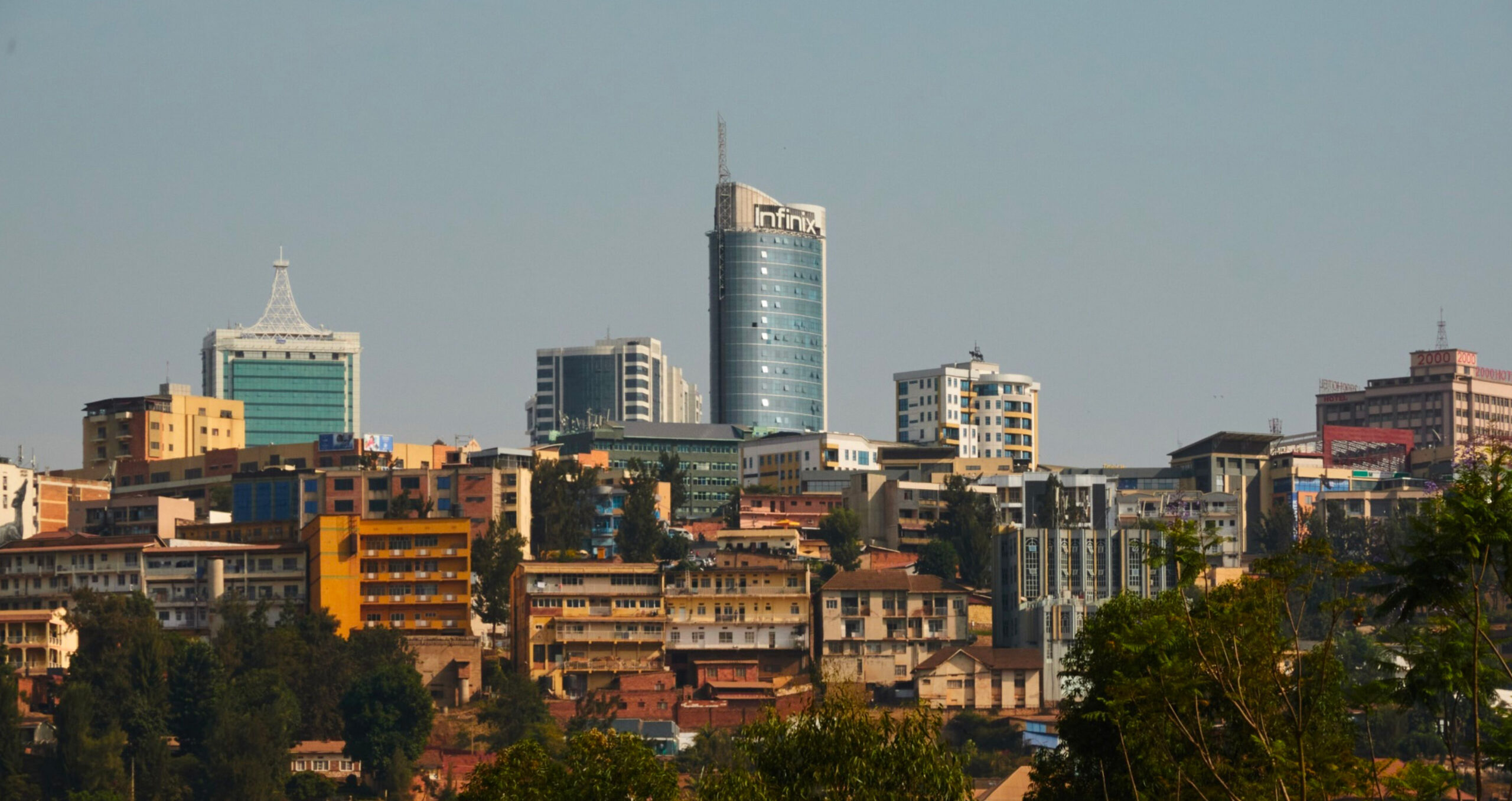
Sustainability-linked bonds: what can we learn from Rwanda?

Pilar Garrido is director for development co-operation at the OECD, and Kampeta Sayinzoga is chief executive of the Development Bank of Rwanda
SLBs are not suitable for debt-laden countries, but for other emerging markets they can help fill significant financing gaps and enable them to achieve their sustainable development goals
Governments around the world are struggling with severe and overlapping crises, and increasing financing needs. Official development assistance, which reached $223.7bn in 2023, is a crucial part of the response, but filling the annual $3.9tn financing gap that is stopping developing countries from achieving their sustainable development goals will require the effective mobilisation of additional private finance.
Innovative financial instruments such as sustainability-linked bonds — where issuers set sustainability targets and the bonds’ coupon payments adjust depending on whether these are met — can help fill this gap. Issuers are rewarded with lower coupon repayments if targets are achieved, while investors can align investments with their growing environmental, social and governance focus.
SLBs can also be linked to existing sustainability objectives to increase the importance and credibility of these goals. For public sector issuers in particular, SLBs can be a way to finance public policies and to diversify issuers’ funding strategies. In many ways, SLBs are a win-win.
Following the issuances of the world’s first two sovereign SLBs by Chile and Uruguay in 2022, the Development Bank of Rwanda (BRD) made history in September 2023 by issuing its SLB — the first of its kind in east Africa and by a national development bank globally. Supported by a World Bank International Development Association credit enhancement, the bond has a value of RwFr30bn ($24.8mn), a seven-year maturity and a significant oversubscription — highlighting the high levels of investor confidence in Rwanda’s commitment to sustainable development.
The SLB’s key performance indicators are aimed at improving the ESG systems of partner financial institutions; increasing financing for women-led small and medium-sized enterprises in the BRD’s portfolio; and financing more affordable housing. Its innovative step-down-only structure means the SLB coupon payments can potentially be reduced by up to 40 basis points if all its KPI targets are achieved.
As it is issued in local currency, the SLB also reduces foreign exchange risks for the issuer and contributes to local capital market development by crowding in local capital.
Its impact goes deeper still, as it has a strong “demonstration effect” for other potential issuers, including corporates, and also for the Rwandan government. Building on the momentum from its successful debut, the BRD has committed to further issuances of up to $150mn, while other public sector actors in the region have expressed interest.
More broadly, the landmark issuance has cemented Rwanda’s status as a sustainable finance leader across the region, while also aligning with the country’s Vision 2050 strategy to establish its capital, Kigali, as an international financial hub.
Partnering with donors
While these developments are promising, the SLB market is still primarily concentrated in developed countries and driven by corporate issuers. The latest OECD report on SLBs finds that 98 per cent of issuances to date have been from corporate issuers, and in 2022 only 5 per cent of SLB issued amounts were from developing countries. As of January 2024, only 1 per cent of total SLB issuances came from Africa.
This must change, and donors have a role to play. In the BRD’s issuance, the World Bank IDA credit enhancement was fundamental to reducing risk for investors, decreasing the cost of borrowing and bringing in private investors. This approach was a textbook example of how relatively small amounts of development finance can leverage significantly larger amounts of private finance. We need to both learn from this example and replicate it.
By their very nature, SLBs are aligned with donor priorities, and so donors should look to use their significant comparative advantages to overcome bottlenecks in scaling the market and help establish frameworks for effective market practices, such as locally adapted SLB guidelines and frameworks and appropriate KPIs.
Overcoming such hurdles meant the BRD’s sustainability performance targets framework was certified by S&P as being aligned to the International Capital Market Association’s SLB principles.
Donors can support the development of SLB guidelines that reflect market best practice and are adapted to local realities. They can help build regional KPI registries and guide issuers in choosing from them. The OECD report outlines six main bottlenecks to scaling the SLB market in developing countries, and presents corresponding ways in which donor support can help overcome them.
Underlying all of these recommendations are considerations on debt sustainability, since SLBs are debt instruments at their core. Support for SLBs — and green, social and sustainability bonds— should always presuppose that issuers have room to take on more debt. It is important, therefore, to avoid promoting them in countries suffering from unsustainable debt burdens.
The BRD’s innovative SLB issuance was groundbreaking in many ways. We should learn from it and leverage it as a catalyst for the effective adoption of sustainable debt capital markets in other emerging markets. As such tools are rolled out, co-ordination and effective partnerships — between donors, private sector investors and other stakeholders — will be paramount. We should work together to seize the momentum and help drive systemic change.

